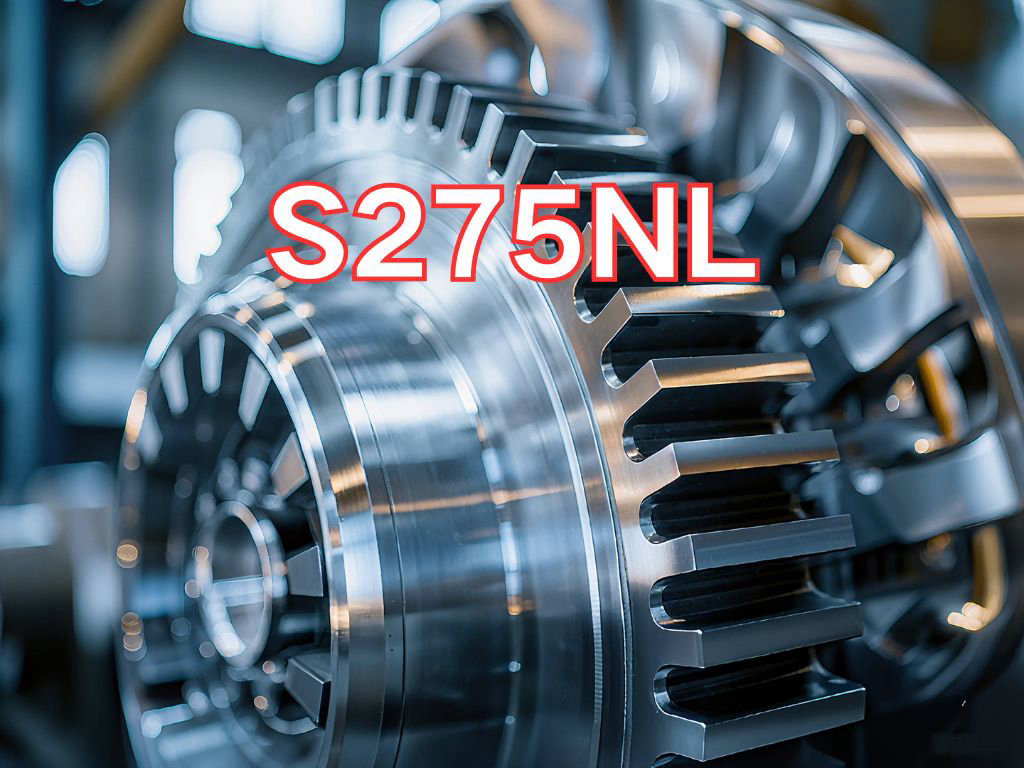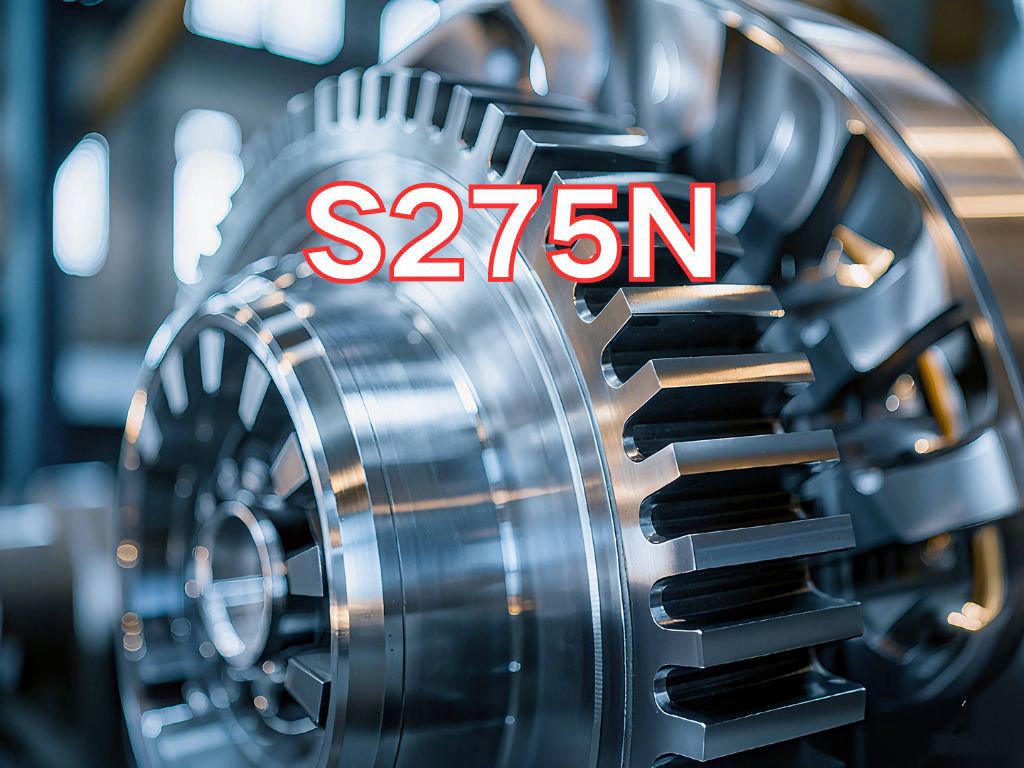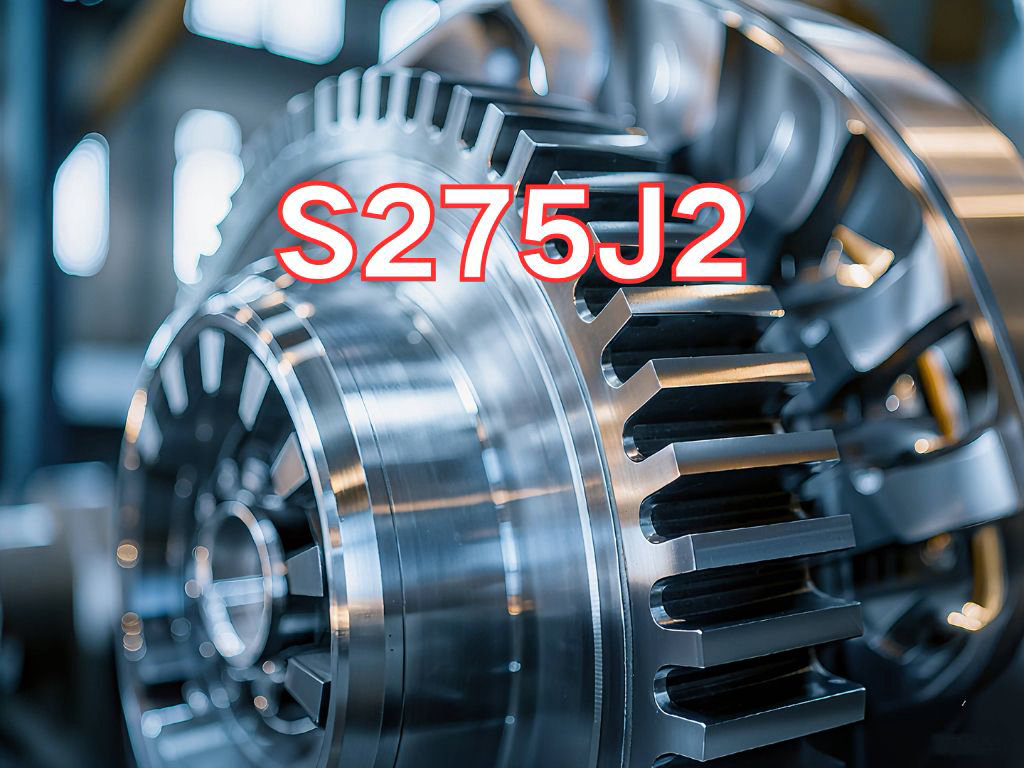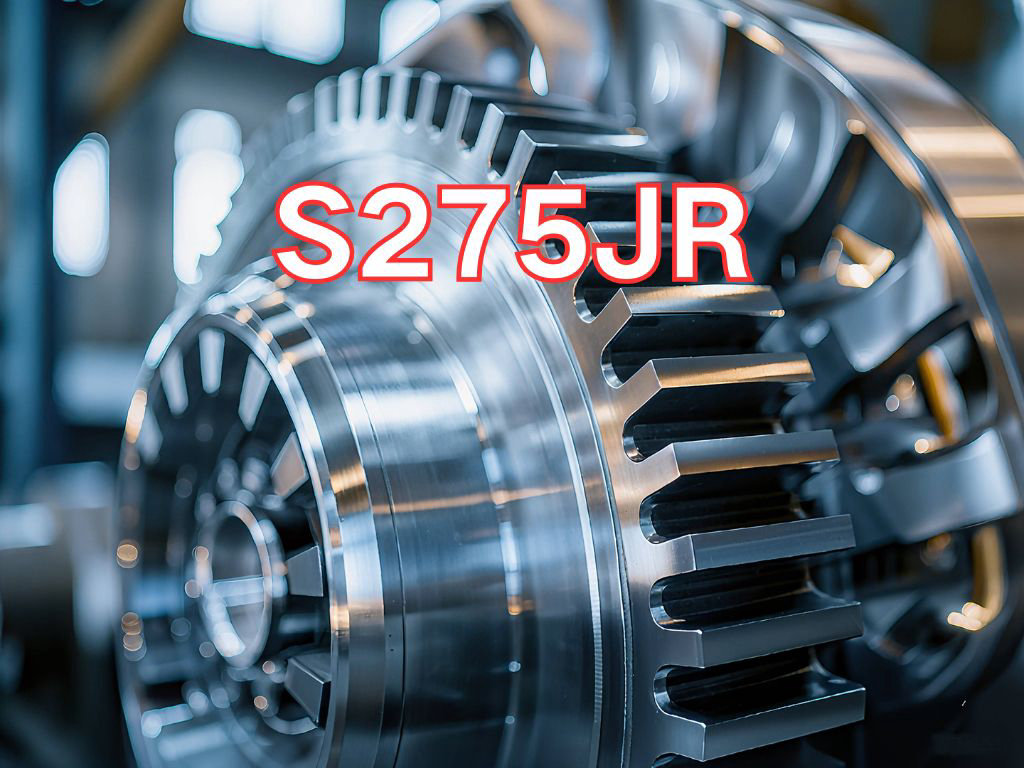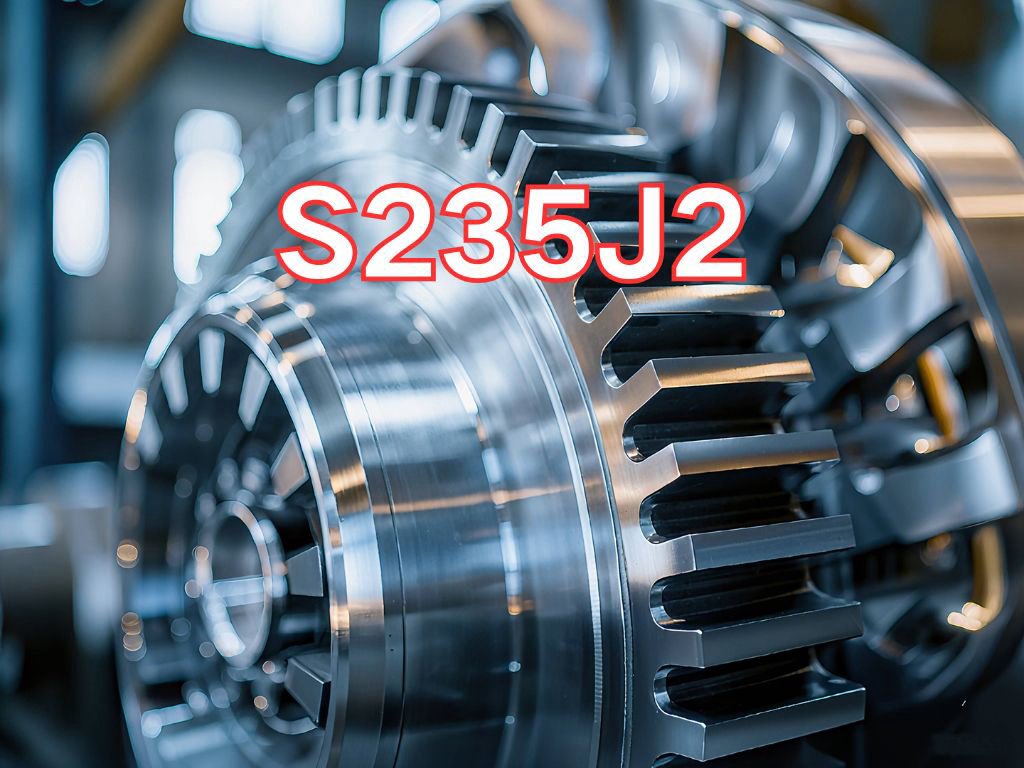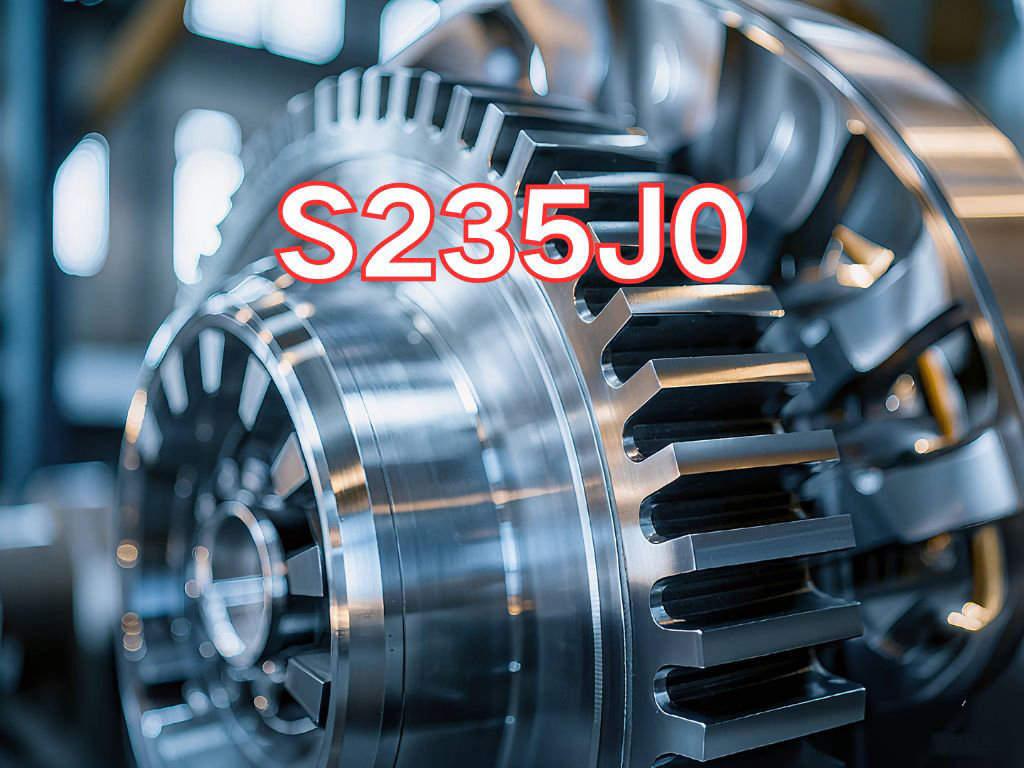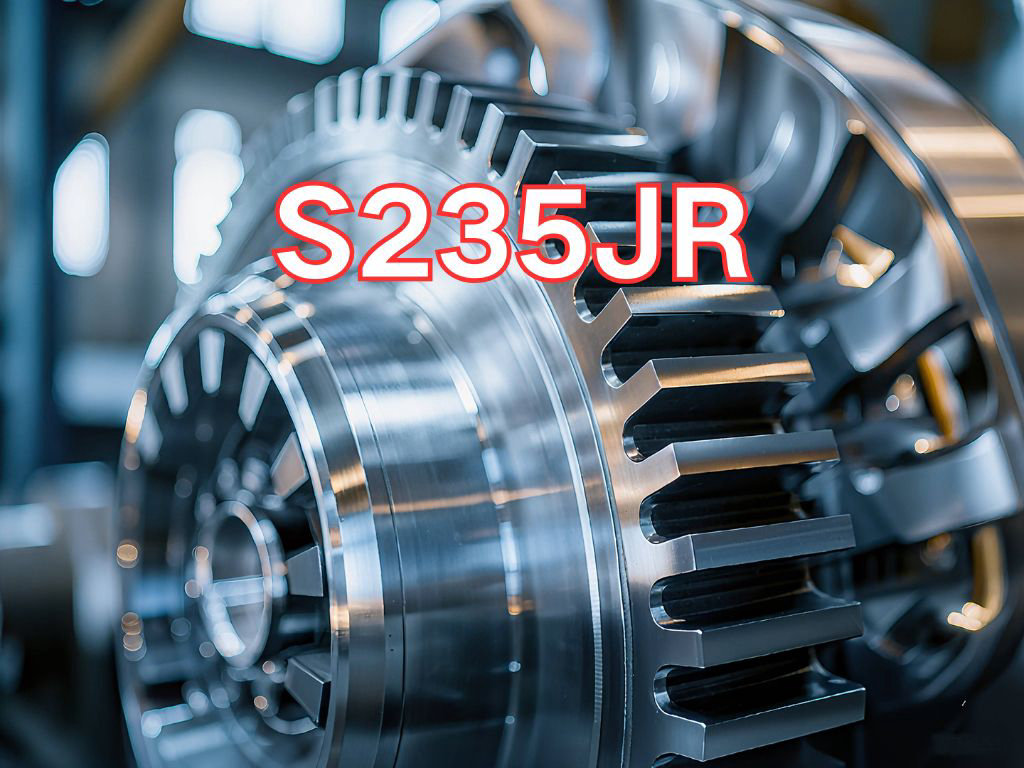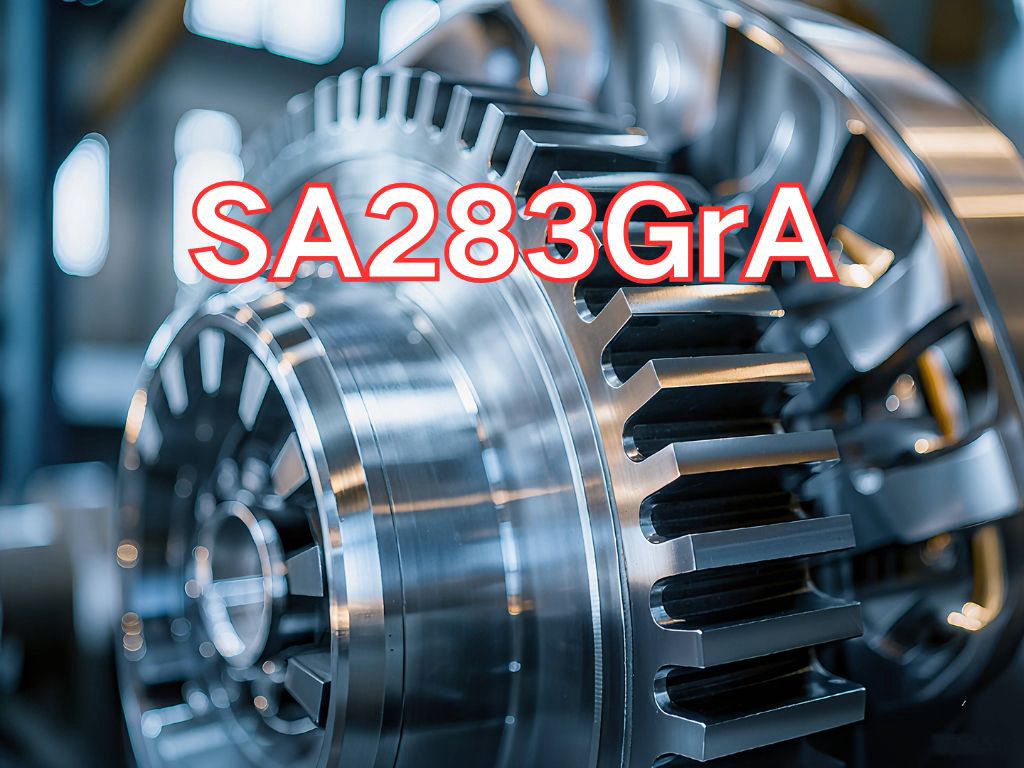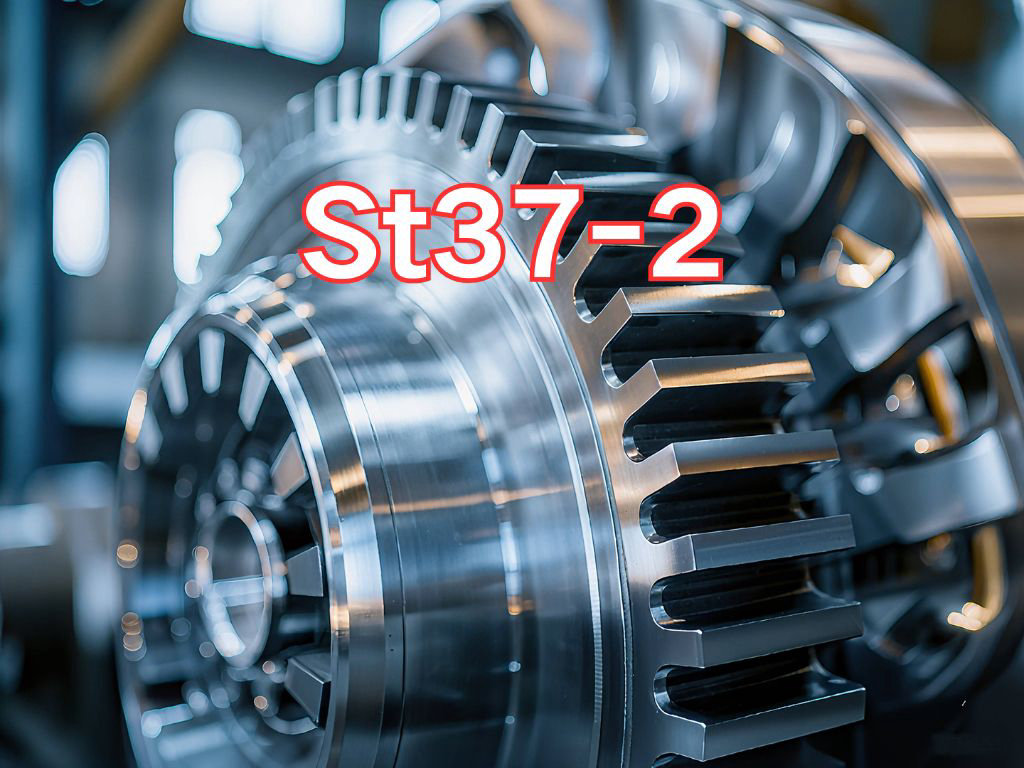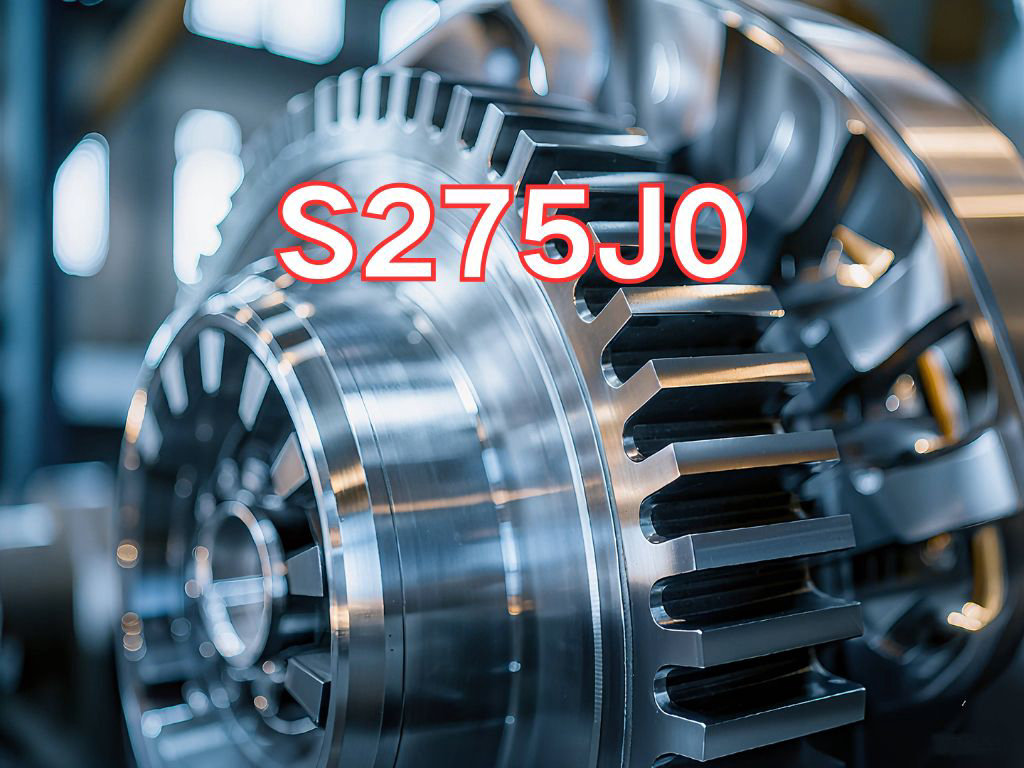

S275J0
S275J0 is a non-alloy structural steel plate, designated according to the European standard EN 10025-2:2019 "Hot Rolled Products of Structural Steels – Part 2: Technical Delivery Conditions for Non-alloy Structural Steels". This standard is widely adopted across the European Union and globally, enabling harmonization and mutual recognition of steel grades. As a key grade within the S275 series, S275J0 combines high strength with stricter quality requirements. Compared to the base grade S275JR, S275J0 has a higher quality designation and is suitable for engineering applications demanding greater material stability and toughness.
The designation "S275J0" follows the systematic naming convention of European standards and has a clear meaning:
"S" stands for "Structural steel", indicating its structural application.
"275" denotes the specified minimum yield strength of 275 MPa. This strength level is significantly higher than that of the S235 series and comparable to China's Q275 and the US A572 Gr.50 (345 MPa), placing it in the medium-to-high strength category. It can withstand greater loads and is suitable for critical load-bearing components.
"J" represents the quality level for impact testing. The letter "J" indicates that Charpy V-notch impact testing is required at +20°C (room temperature).
"0" specifies the impact test temperature class. In EN 10025-2, the number "0" corresponds to a test temperature of +20°C. Therefore, the "J0" combination means the steel must undergo impact testing at +20°C, with a minimum average absorbed energy of 27 joules (J). Although the test temperature is the same as for S275JR, the "J0" designation typically implies stricter quality control and more stable production processes, requiring more reliable and consistent impact performance. Thus, S275J0 offers superior overall quality and performance stability compared to S275JR, making it the preferred choice for projects with higher demands.
The primary application of S275J0 steel plate is in manufacturing welded structural components requiring higher material quality and toughness, especially in critical engineering projects where long-term structural safety and reliability are essential. It is widely used in projects with elevated requirements for safety, durability, and performance consistency. Typical applications include:
High-Rise Buildings and Large-Span Structures: Main beams, columns, and gusset plates in high-rise buildings, sports arenas, exhibition centers, and other important public buildings, particularly in seismic zones or areas with high wind loads.
Bridge Engineering: Main girders, bridge towers, and trusses in highway and railway bridges, enhancing fatigue strength and overall safety.
Heavy Machinery and Equipment: Frames, bases, booms, and other critical components subjected to complex and high loads in cranes, excavators, presses, and mining machinery.
Industrial Facilities: Support structures for large storage tanks, reactors, offshore platforms, and wind turbine towers, where high material performance stability is required.
Transportation: Load-bearing frames and chassis for heavy-duty trucks and special-purpose vehicles.
Its main characteristics include:
Higher Strength: A minimum yield strength of 275 MPa and tensile strength exceeding 430 MPa provide strong load-bearing capacity.
Guaranteed Room-Temperature Impact Toughness: The "J0" requirement ensures adequate impact performance at +20°C, with a minimum absorbed energy of 27 J, improving resistance to brittle fracture.
Good Weldability and Workability: As a non-alloy steel, S275J0 has a moderate carbon equivalent, good weldability using conventional methods, and is easy to cut, bend, and form.
Higher Quality Stability: The "J0" designation typically reflects stricter control of chemical composition (e.g., lower P and S content) and production processes, resulting in more consistent and reliable material properties.
Balanced Cost and Performance: While slightly more expensive than S275JR, it remains cost-effective compared to higher-strength or low-temperature grades (e.g., S355J2) while meeting high-quality requirements.

Ultrasonic Testing (UT)
A key non-destructive testing technique that uses high-frequency sound waves to detect internal flaws in steel plates. The probe emits sound waves, which reflect when encountering defects such as cracks or inclusions. The receiver captures the echoes, enabling precise determination of defect location and size. With high sensitivity, strong penetration, and fast inspection speed, UT effectively ensures internal quality, widely used in the production of heavy plates, pressure vessel plates, and other high-end products to guarantee safety and reliability.

Magnetic Particle Testing (MT)
A common surface inspection method that magnetizes the workpiece, causing leakage magnetic fields at surface or near-surface defects like cracks or inclusions, which attract magnetic particles to form visible indications. Simple to operate and highly sensitive, MT is suitable for rapid inspection of surface and near-surface flaws in ferromagnetic materials, widely used for online or offline inspection of plate edges, ends, and welds, ensuring product quality and safety.

Penetrant Testing (PT)
A non-destructive method for detecting surface-breaking flaws. A penetrant liquid is applied to the cleaned steel surface, allowing it to seep into defects such as cracks or pores. After removing excess penetrant, a developer is applied, causing the trapped penetrant to bleed out and form visible indications. Simple and cost-effective, PT is suitable for inspecting surface defects in various non-porous materials, commonly used for welds, castings, and complex components, effectively ensuring surface quality of steel plates.


